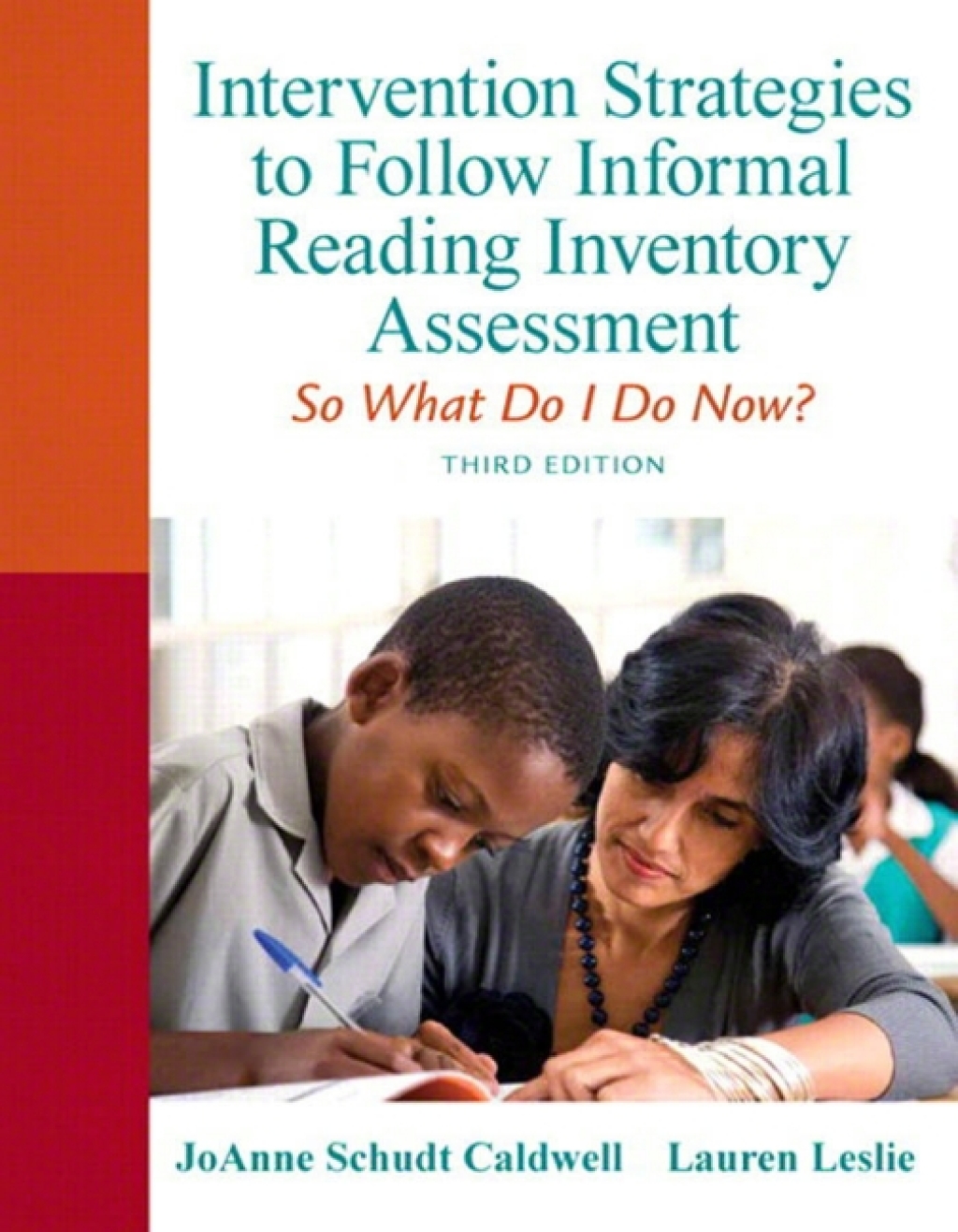
Intervention Strategies to Follow Informal Reading Inventory Assessment »
An informal reading inventory (IRI) is an authentic standards-based assessment. It is composed of a series of reading passages that begin at preprimer level and progressively become more difficult. As a reader progresses from easier passages to more difficult ones, the examiner records, analyzes, and summarizes data that reflect the reader's.
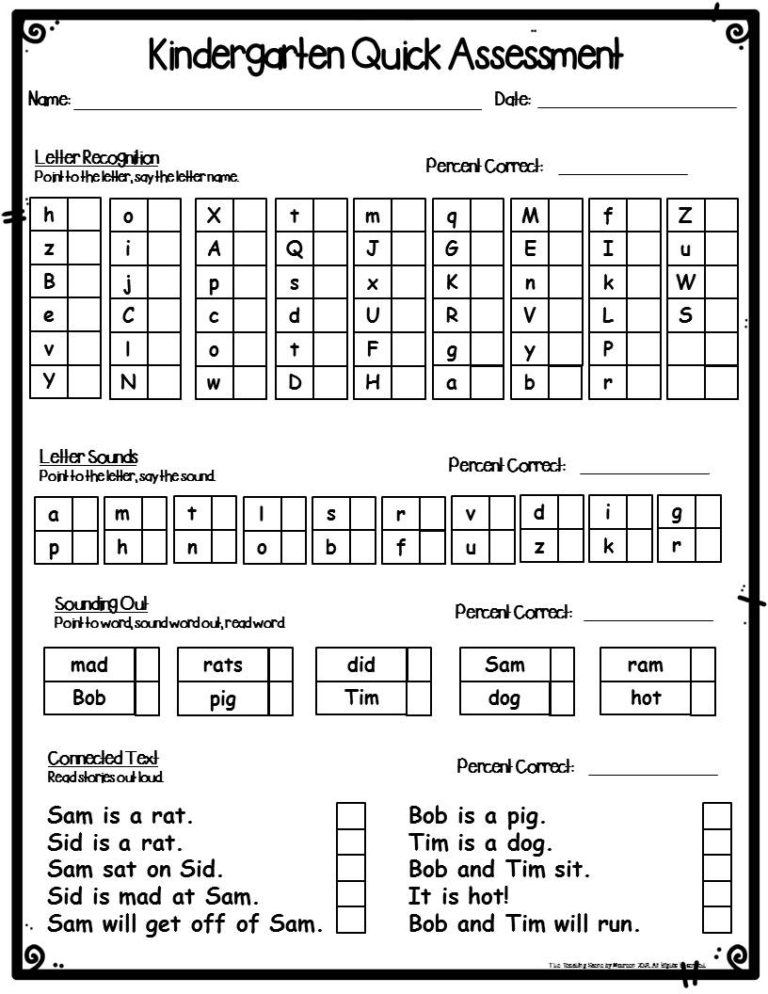
Seven Kindergarten Informal Reading Assessments The Teaching Scene
Informal reading inventories (IRIs), designed by classroom teachers, have been proven to be an efficient and effective way to determine students' strengths, weaknesses, and strategies in the areas of reading fluency, decoding, sight-word recognition, and reading comprehension. Although there are commercially designed IRIs on the market.

Informal Reading Assessments For 3rd Grade Morris Phillip's Reading Worksheets
IRIs are individually administered diagnostic assessments designed to evaluate a number of different aspects of students' reading performance. Typically, IRIs consist of graded word lists and passages ranging from preprimer level to middle or high school levels (Paris & Carpenter, 2003).
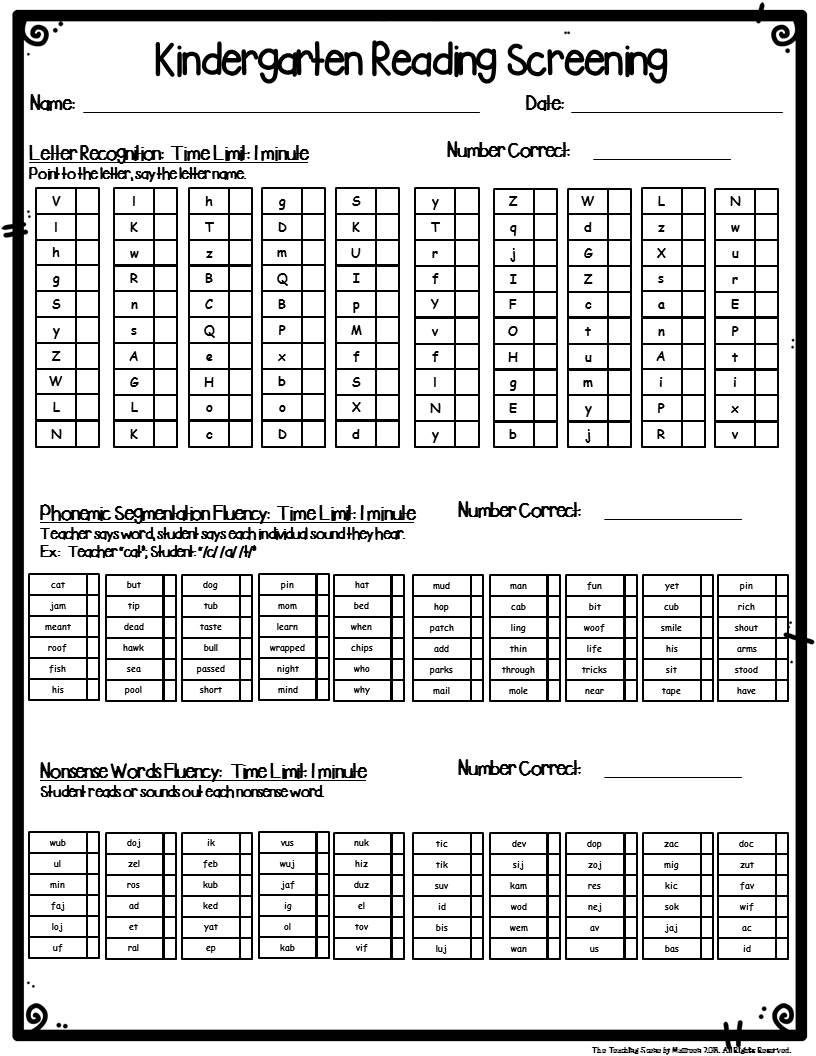
Seven Kindergarten Informal Reading Assessments The Teaching Scene
An informal reading inventory is a tool that assists in determining the reading strengths and weaknesses of an individual student. It is important for every teacher to know if their students can comfortably read the texts used in their class or if they need additional assistance. This is a quick tool to help identify students who struggle

Informal reading inventory
The informal reading inventory is a diagnostic instrument used by learning disability specialists, reading teachers, and classroom teachers to identify an appropriate reading grade level placement for students, and to identify strengths and weaknesses in word recognition and comprehension. In recent years, a number of studies have examined its.
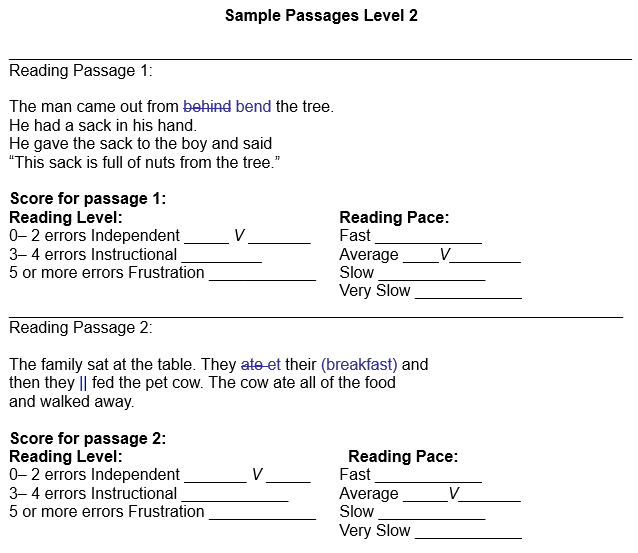
Informal Reading Inventory as Literacy Assessment 3153 Words Essay Example
The Informal Reading Inventory is an on-going assessment, and should be completed several times throughout the child's schooling. In kindergarten, perform the Informal Reading Inventory twice per year, at mid-year and at the end of school. In first and second grades, it should be done three times, at the beginning of the school year, at mid.
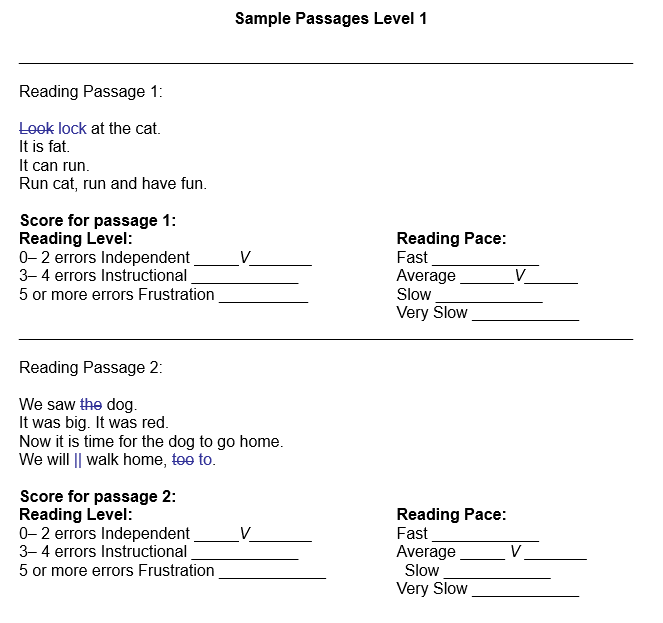
Informal Reading Inventory as Literacy Assessment 3153 Words Essay Example
Define an Informal Reading Inventory IRI (slides 4-9) Ask if anyone has administered an IRI (raise hands). Review slides 4-9. Stress the importance of learning the manual as all IRIs are slightly different (slide 4). Explain to start with a word list that will result in success (approximately 2 grade levels behind - slide 5.
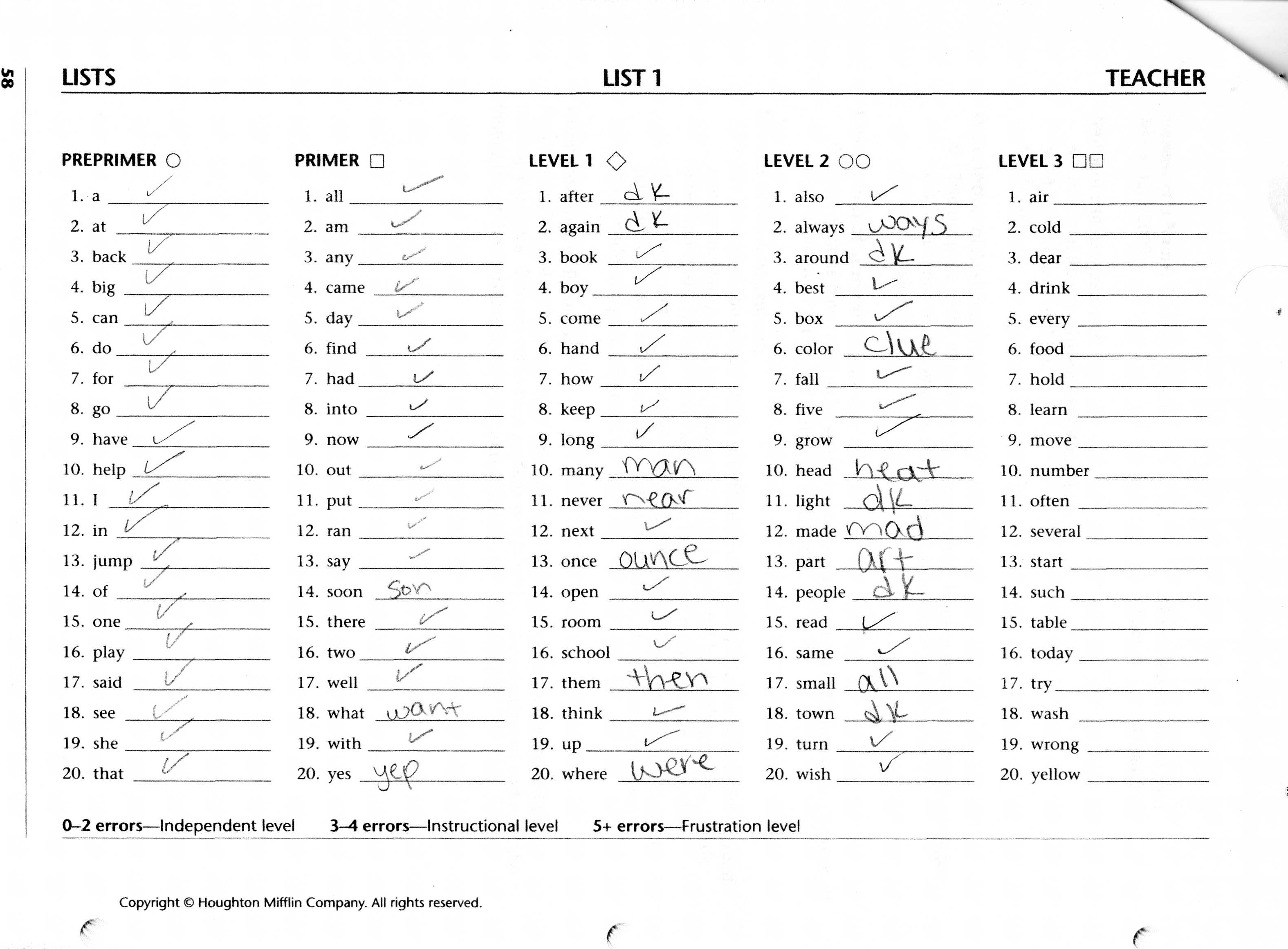
Assessments Christine Cassem’s Online Portfolio
Reading Assessment The Jennings Informal Reading Assessment, an informal reading inventory (IRI), was developed by Dr. Joyce Jennings. It was field-tested in the Reading Center of Northeastern Illinois University and in several schools in the Chicago metropoli-tan area with the help of graduate students in the Departments of Reading and

Informal Reading Inventory Reading inventory, Teaching ela, Reading
Informal Reading Inventories help identify challenging texts that learners can read with teaching help, named instructional-level texts. Learners read texts at this tier to further develop reading and vocabulary skills and to learn content. Finally, Informal Reading Inventories help educators spot which texts to avoid because they are too hard.
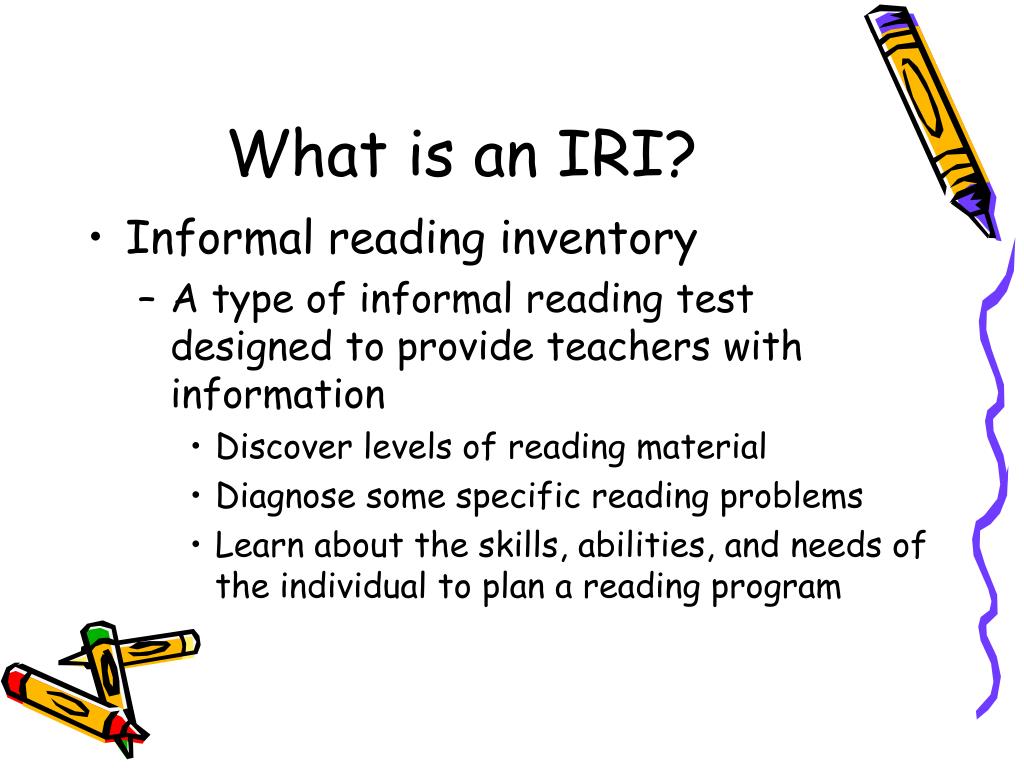
PPT Informal Reading Inventory PowerPoint Presentation, free download ID6685154
Concepts of print. Sit in a quiet corner of the room with a student. Give the student a storybook and ask the questions on the form below. This form can be used several times over the course of the year. Write the date in the space marked yes or no. Tasks that are not successfully completed should be periodically tested until the student can.

Informal Reading Inventory PDF Reading Comprehension Reading (Process)
In the past half century, the informal reading inventory (IRI) has become a foremost weapon in the arsenal of reading and classroom teachers. De chant (1981) estimated that it is the most frequent means of determining reading levels and diagnosing read ing behaviors. Zintz (1981, p. 99) called it "the most accurate test measure that can be.

reading inventory Love Teaching Kids
The Informal Reading Inventory (IRI) is a method of determining and tracking a child's individual reading readiness. It is a qualitative test , meaning that the teacher makes subjective decisions.
Informal Reading Inventory Preprimer to Twelfth Grade, 8th Edition 9780495808947 Cengage
The Informal Reading Inventory by Burns and Roe (IRI-BR) and the Ana lytic Reading Inventory (ARI) appear to have the greatest breadth of assess ment materials. The IRI-BR has four essentially parallel forms and covers materials ranging in difficulty from preprimer through the twelfth grade.
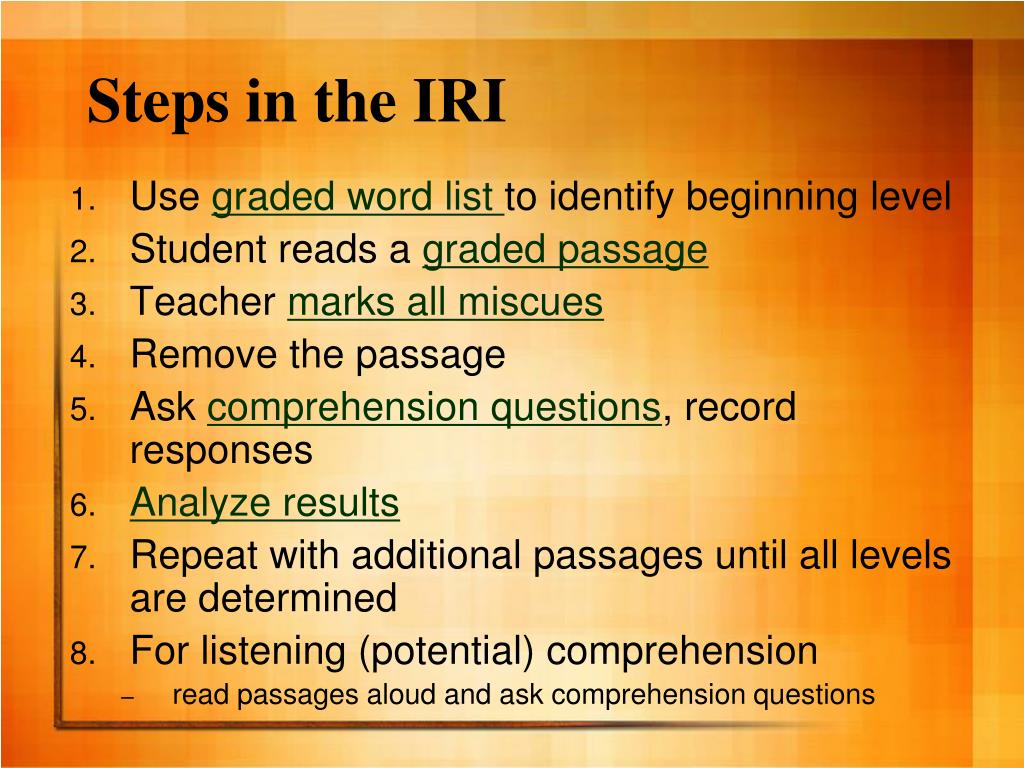
PPT Informal Reading Inventory PowerPoint Presentation, free download ID6195865
The IRI is an ongoing assessment, and teachers should complete it several times throughout a kid's schooling. In kindergarten, it should be done twice per year. Teachers should conduct the informal reading inventory three times each year in the first and second grades. The key benefits of using IRIs include:
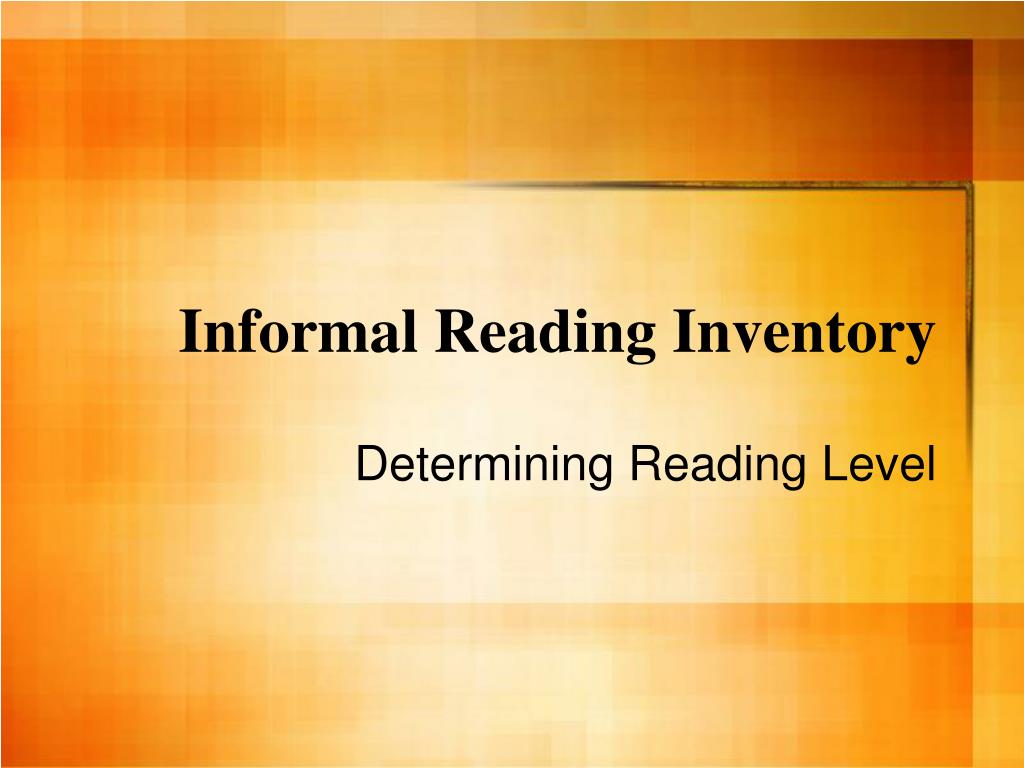
PPT Informal Reading Inventory PowerPoint Presentation, free download ID6195865
The informal reading inventory is an on-going assessment, and should be completed several times throughout the child's schooling. In kindergarten, perform the informal reading inventory twice per year, at mid-year and at the end of school. In first and second grades, it should be done three times, at the beginning of the school year, at mid.
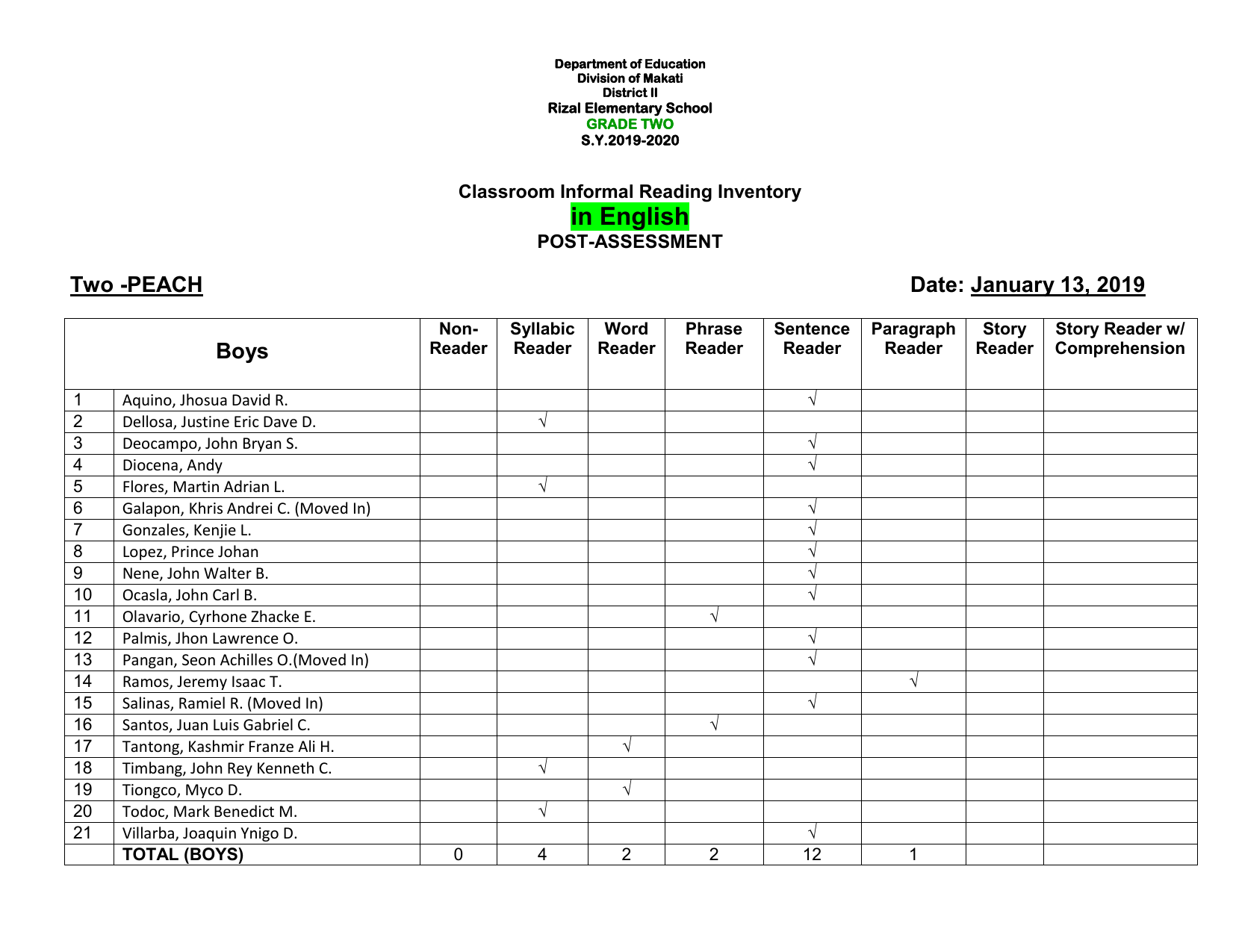
Informal Reading Inventory
The Informal Reading Inventory (IRI) is an informal diagnostic reading test, usually based on materials that the pupil will be reading in class, to determine at what level instruction should begin. It is an informal test, based on criteria developed by Dr. Emmett Betts at Temple University in the 1940's, and revised and adapted by thousands of.